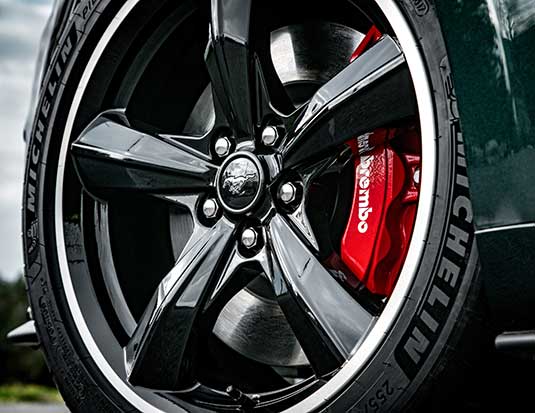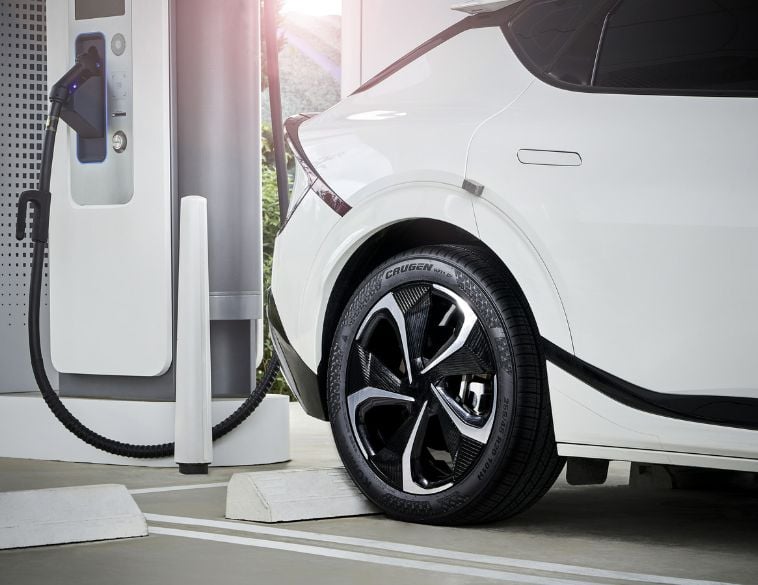When it comes to shop equipment, how old is too old, and when should you be thinking of upgrading?
As your shop equipment ages, you may be (and should be) asking yourself whether it’s time to replace it. There’s one big question to ask yourself that could provide the answer: Are you turning customers away?
“When you start doing that, you’re giving them to your competitors,” says Mario Mercier, National Account Manager, Duret et Landry. “When you start refusing work because the machine can’t do it, or your employees can’t work on modern wheels because the equipment is too old, that’s the best reason to replace it.”
Another big consideration is how long jobs take. “Some of my customers say they never refuse a job, that they manage. But when your service bay is occupied for 90 minutes or two hours because you don’t have the right equipment, it’s time to either improve the machine—add helpers if it’s possible—or look at changing it up to a more modern machine. You have to know how long every job should take,” he says. “That comes back to how many customers you can do in a day. If your equipment keeps you from getting more customers in, that’s a big issue.”
New sizes and new materials
As he points out, there are some jobs aging machines just can’t do. “It’s not unusual to see 20-inch rims these days,” he says. “If your machine isn’t capable of doing them, there’s no point in adding arms. Tires have changed tremendously in the last 10 years. It’s complicated now because of sensors, new material— we’re starting to see carbon fibre wheels as an option. Today’s equipment makes it easier to be efficient.”
Deciding whether a job is too physical for your employees is another consideration. “Losing an employee to back pain at the peak of tire-changing season because you don’t have up-to-date equipment costs your shop,” Mercier says.
As a guideline, when it comes to making the decision to toss the old stuff aside, “we look at a five- to seven-year cycle time for equipment,” says Dino Hatz, Business Development Manager, Hunter Engineering Company (Canada).
“Losing an employee to back pain at the peak of tire-changing season because you don’t have up-to-date equipment costs your shop.” Mario Mercier, National Account Manager, Duret et Landry
If your time is money, you’re going to want equipment that gets the job done as quickly and as efficiently as possible, which Hatz points out is driven by technology. In today’s fast-moving world, that means what may seem on the surface like a bargain, probably isn’t.
“If someone says they’re going to get into the lumber industry by buying up all the used axes, good luck finding people who will do the job,” he says. There’s no point in expecting your aging equipment to somehow become state-of-the-art again.
“As people who want to advance ourselves, we’re always looking forward, never going back. Once your equipment becomes inefficient, put it in the recycling bin and let it be fashioned into new equipment—or a nice wine rack. Something useful, instead of expecting it to do a job no one is willing to do anymore.”



